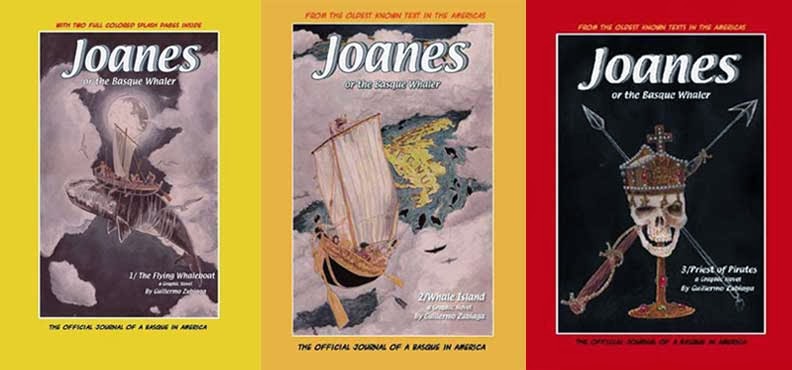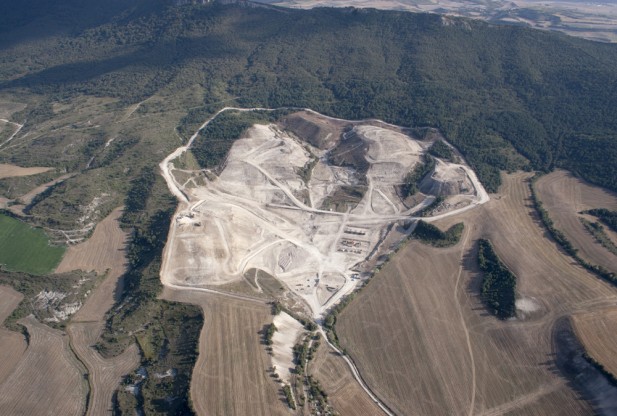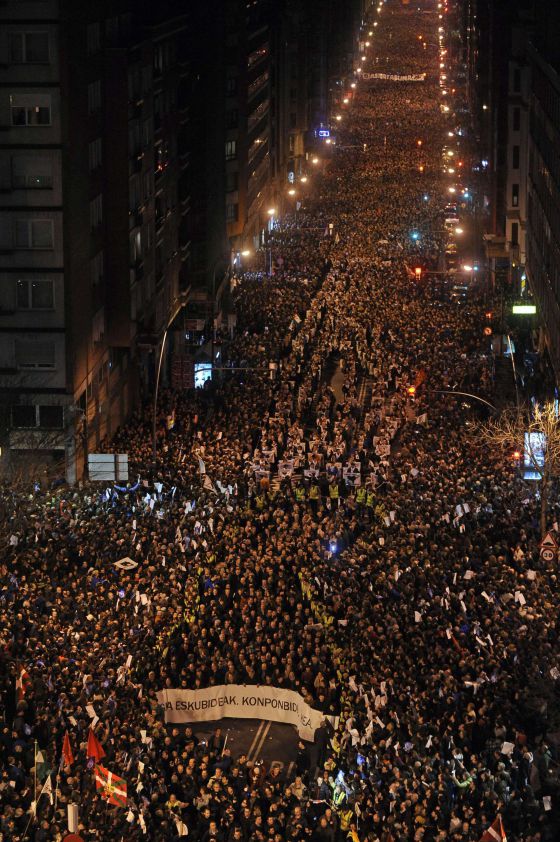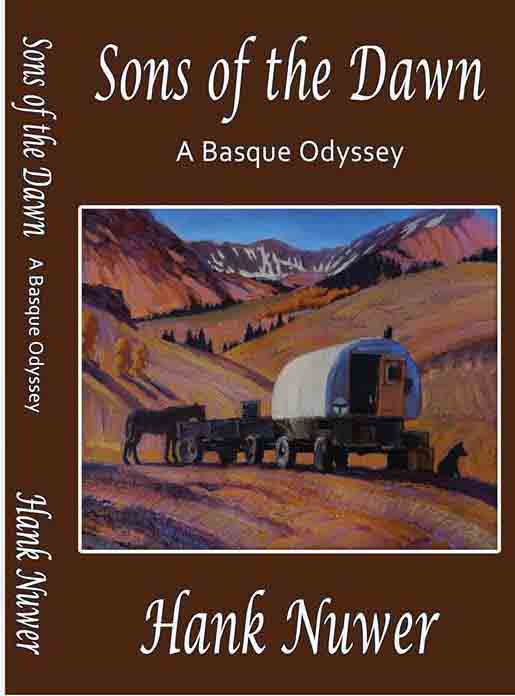 In 1987, attending my first (and everyone’s first) Jaialdi, I got my first taste of rural Basque sport. There were the aizkolaris and the sukatira, but probably the most impressive were the harrijasotzaileak, or the stone lifters. Men like Inaki Perurena were enormous celebrities in the Basque Country (after he retired, Inaki was a TV star as well, much like the American football player Michael Strahan is today in the US). These men lifted immense stones, sometimes going for the greatest weight or other times lifting smaller stones but as many times as they could.
In 1987, attending my first (and everyone’s first) Jaialdi, I got my first taste of rural Basque sport. There were the aizkolaris and the sukatira, but probably the most impressive were the harrijasotzaileak, or the stone lifters. Men like Inaki Perurena were enormous celebrities in the Basque Country (after he retired, Inaki was a TV star as well, much like the American football player Michael Strahan is today in the US). These men lifted immense stones, sometimes going for the greatest weight or other times lifting smaller stones but as many times as they could.
Not that you can tell by looking at me, but it would seem that I come from a family of strong Basque men. My dad’s dad and my dad’s uncle were both known in the heart of Bizkaia for their feats of strength. My dad’s uncle, in particular, Juan Uberuaga Urionaguena, a sheepherder who returned to Euskadi, was a well known athlete. When I was living there, in 1991-92, they put on an exhibition in his honor of various Basque sports. Unfortunately, I was not aware enough to document it… One of the most vivid memories I have of that day were the animal tests, in which donkeys and oxen are made to pull large stones as far as they could. Of course, to an American sensibility, it seemed a bit cruel. Spectators would bet on each event. I’ve heard that there are now doping problems with the animals. Any time money enters sport…
In any case, all of this brings me to a very nice article in the New York Times that introduces the world of Basque rural sports and, in particular, stone lifting. Journalist Dave Seminara visited Leitza and Inaki Perurena, and Inaki’s monument to the sport, his Peru Harri, a farm-museum dedicated to his exploits and the sport of stone lifting more generally. The museum sounds quite exotic, with statues of stone lifters and other aspects of Basque culture outside while inside there are videos and mementos from the sport itself. Leitza sounds like a beautiful village, nestled in the mountains of Nafarroa, worth a visit in its own right. For some photos of the museum and the statues, you can visit this site.
I do have to say that stone lifting isn’t my favorite Basque rural sport. Several years later, somewhere in Euskadi, I saw an event in which the athlete pulls a weight up via a rope on a pulley and then lets it fall. As it falls, he grabs the rope, launching himself into the air. The goal is to lift the weight, typically a bundle of hay, as many times as possible. It is very dramatic as the athlete uses the momentum of the falling weight to pull himself up and then gravity to get him a jump-start on the next pull.









